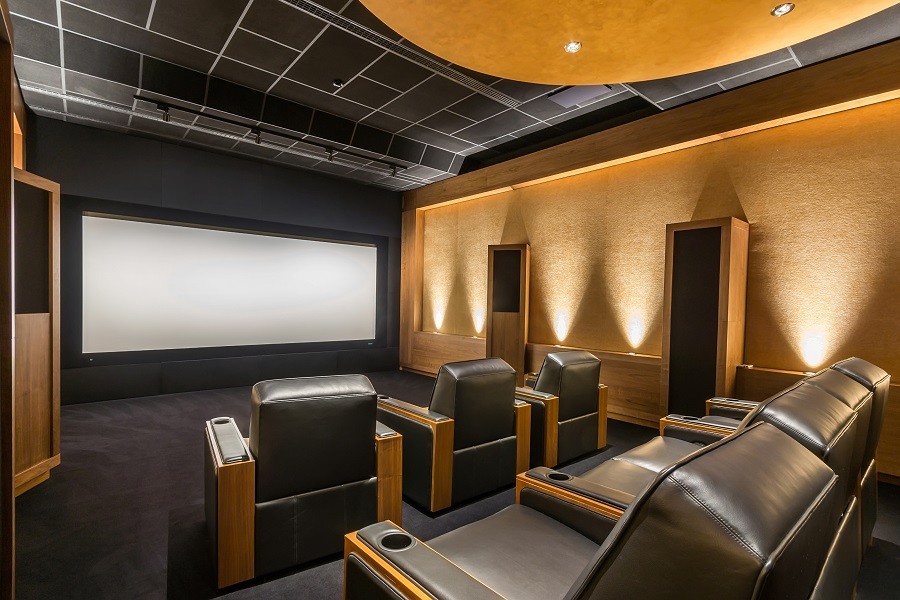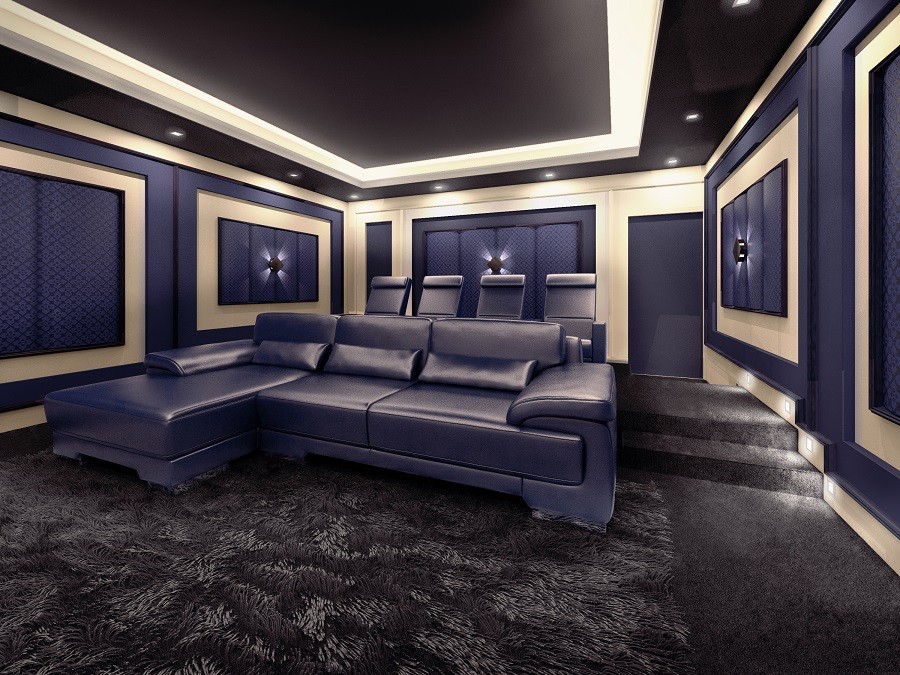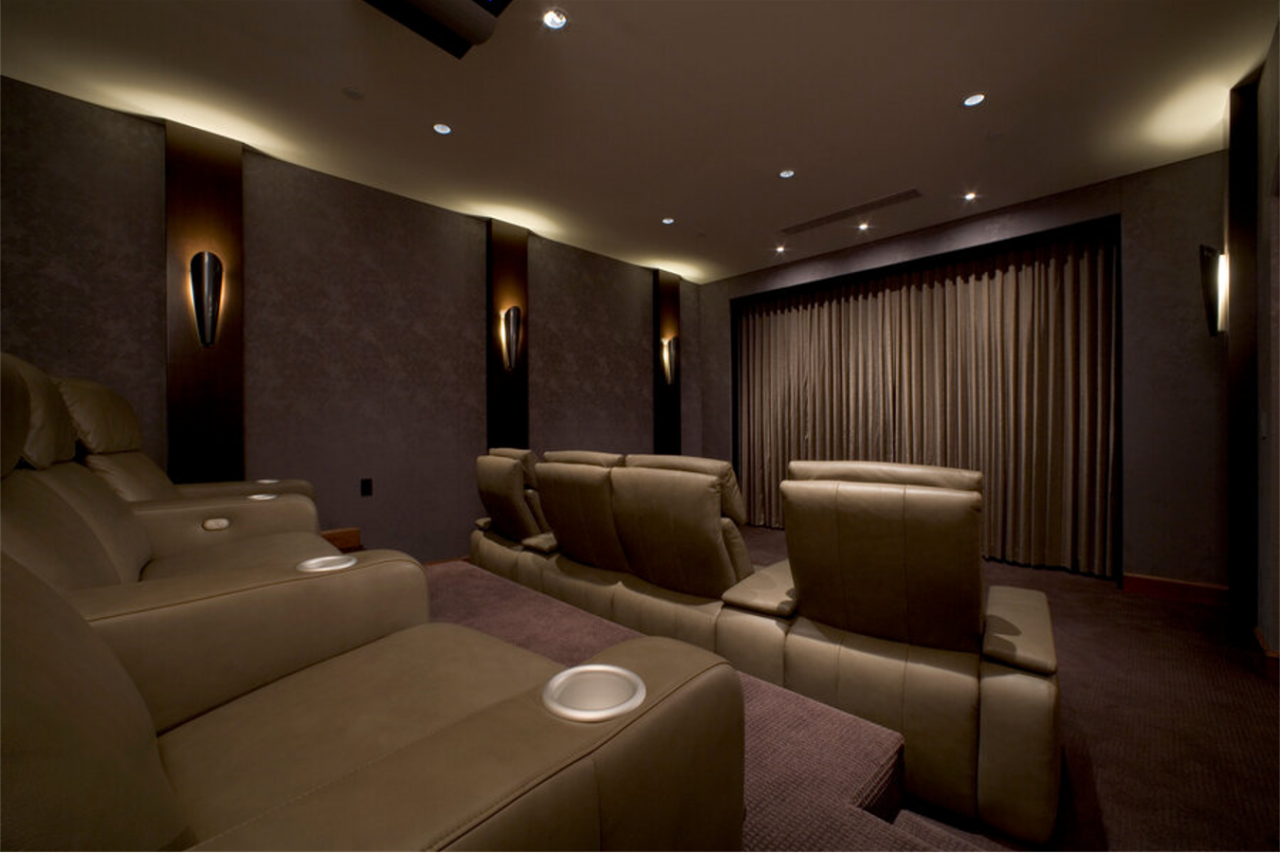What Are Room Acoustics?
Simply put, room acoustics describes how sound behaves within a space. Think of how your speech would sound in an empty room with bare walls and tile floors versus a carpeted room with plush furniture and heavy window drapes: piercingly echoey in the first and soft and quiet in the second.
Because the sound that comes from your speakers is a mixture of direct and reflected sound, the surfaces and objects that make up the theater or listening room in your Salt Lake City, UT home can significantly impact how you hear sound in the room—no matter how great your speakers are. If uncontrolled, reflected sound can distort your audio experience.
Problems Caused by Untreated Rooms
If your room hasn’t been designed with sound in mind, perhaps you’ve experienced these problems:
- Harsh high frequencies
- Muddy bass
- Collapsed soundstage
- Poor speech intelligibility
- Imbalanced sound
Even if you can’t put your finger on any outstanding sound issues in your home theater or listening room, you may be settling for an otherwise lackluster auditory experience that could be immensely improved with an acoustic treatment installation.




